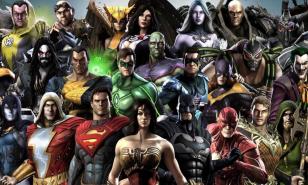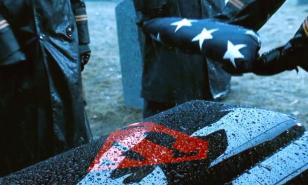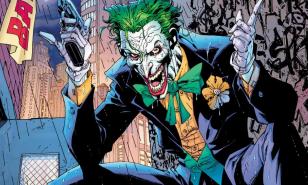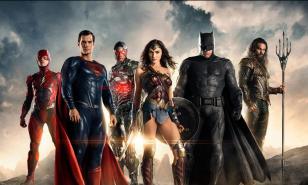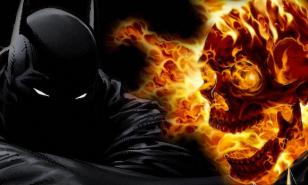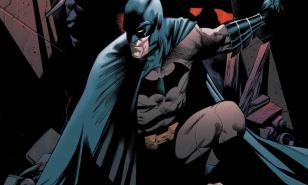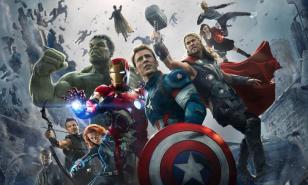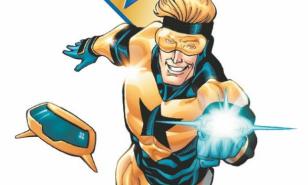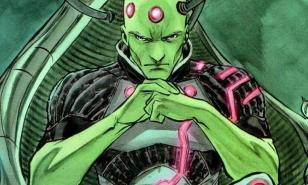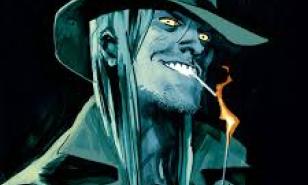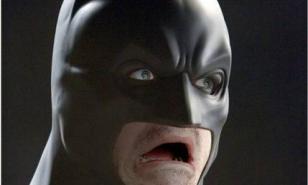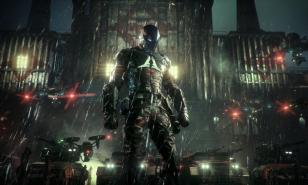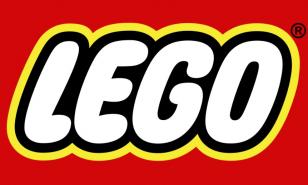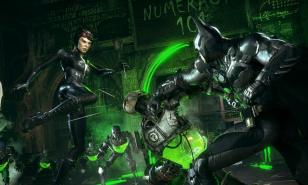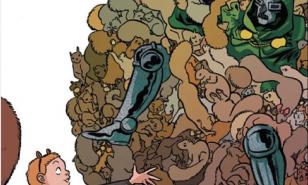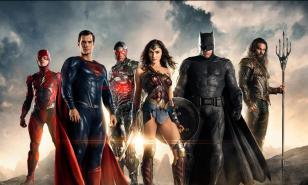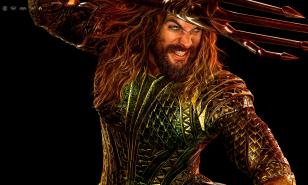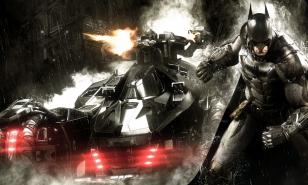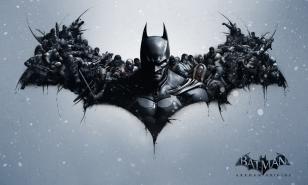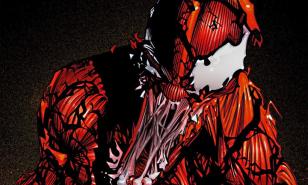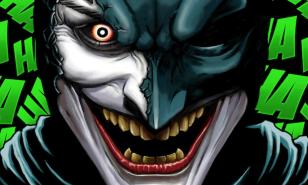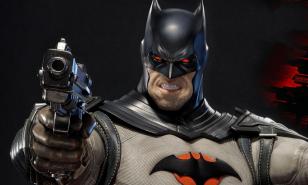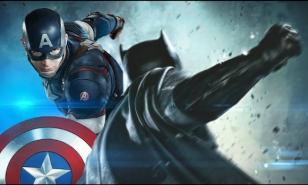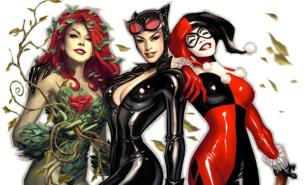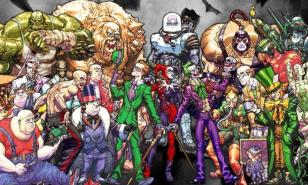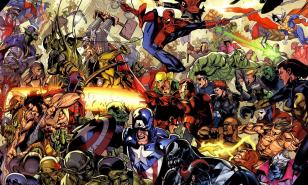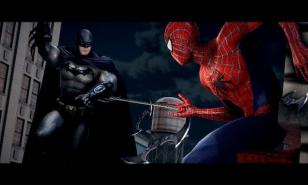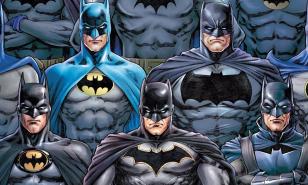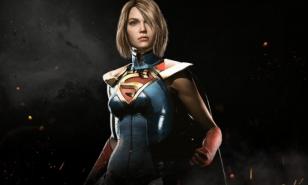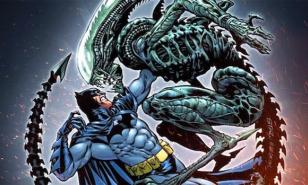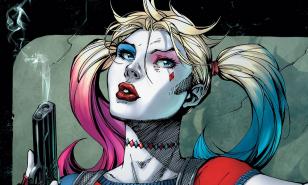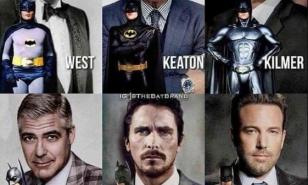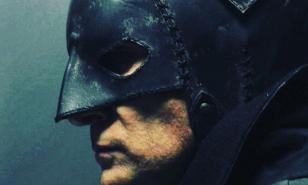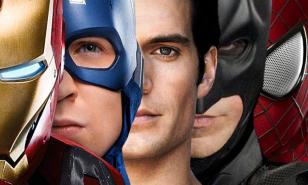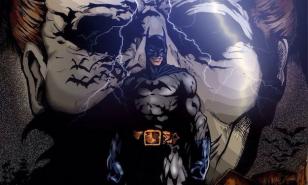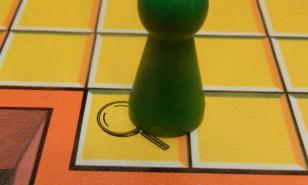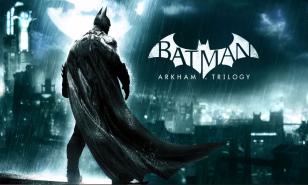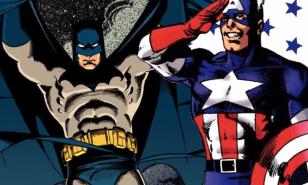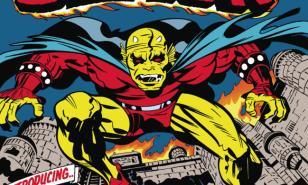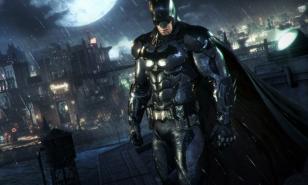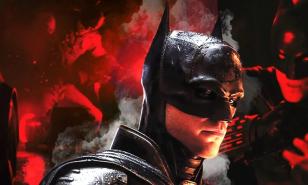DC Comics Wiki: 32 Interesting Facts About the Company
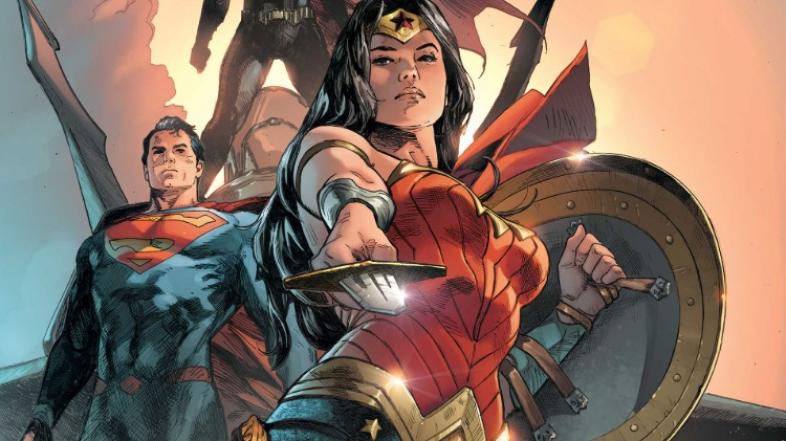
April 2018 saw the release of Action Comics #1000. Not only is this the first DC story written by the god-like Brian Michael Bendis, but it's a milestone in the company's history. DC Comics began as a humble publisher of children's stories before catapulting into the stratosphere with a new character, Superman. In the decades that followed DC Comics has become responsible for creating and publishing some of the most influential and loved figures of all time. That got me thinking, where did the company come from? Who founded it? I've compiled a list of 32 Interesting Facts About the DC Comics company.

1. National Allied Publications, the company that would become DC, was founded in 1934 by Malcolm Wheeler-Nicholson.

2. National Allied’s first publication was a magazine called New Fun in December 1935. The book was magazine sized, much more significant than our modern day comic, and featured a Don Nogales, Cattle Rustler.
3. The printing of New Comics #1, a more densely packed book relative to our modern day comics, began what comic nerds call The Golden Age. New Comics #1 was the first Mad Magazine style comic. It contained several stories ranging from comedy to science fiction.
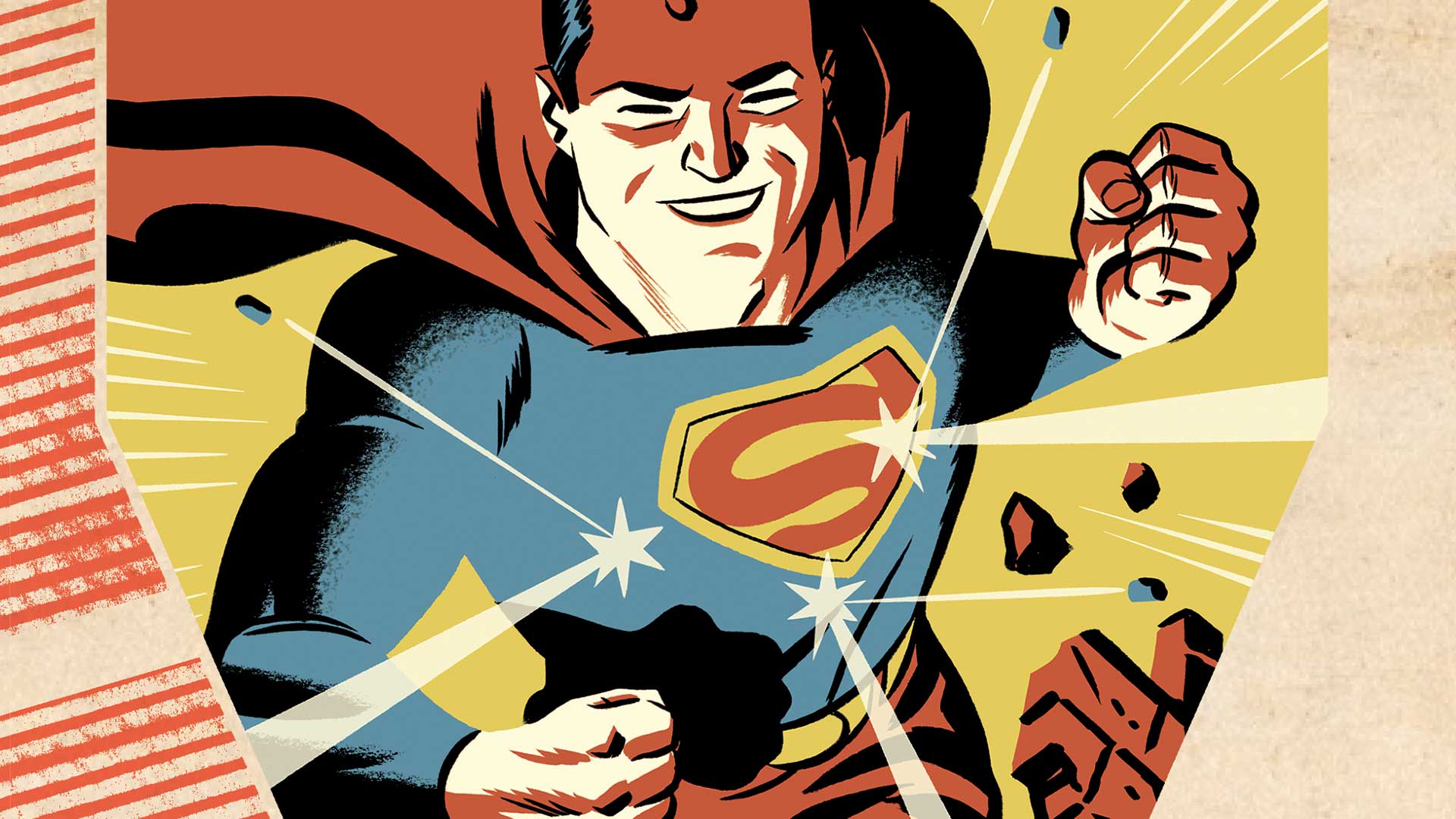
4. In 1938, National Allied's second publication Action Comics debuted a hero that would capture the minds of fans for decades, Superman.
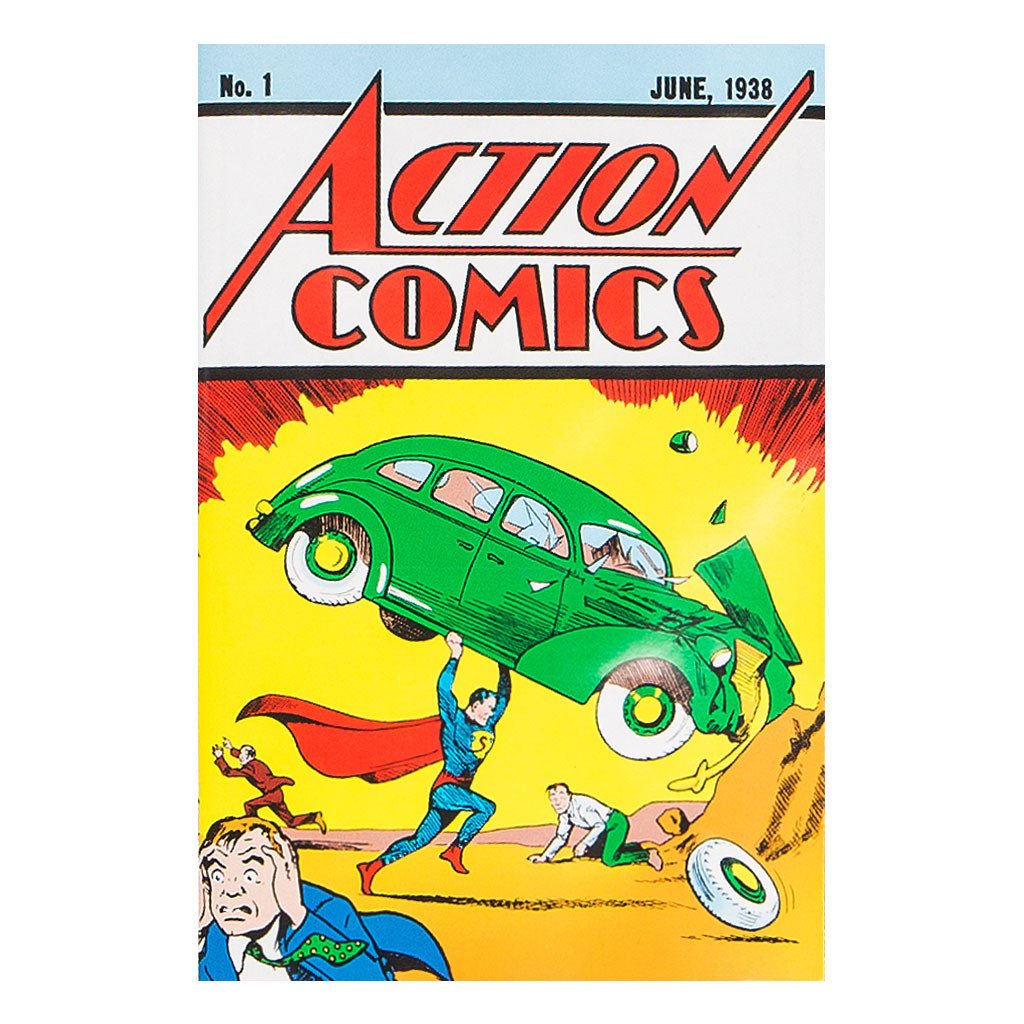
5. A copy of Action Comics #1, the debut of Superman, sold to an anonymous buyer in 2014 for 3.2 million dollars. This issue began a bonanza of superhero creations that spawned Green Lantern and The Flash.
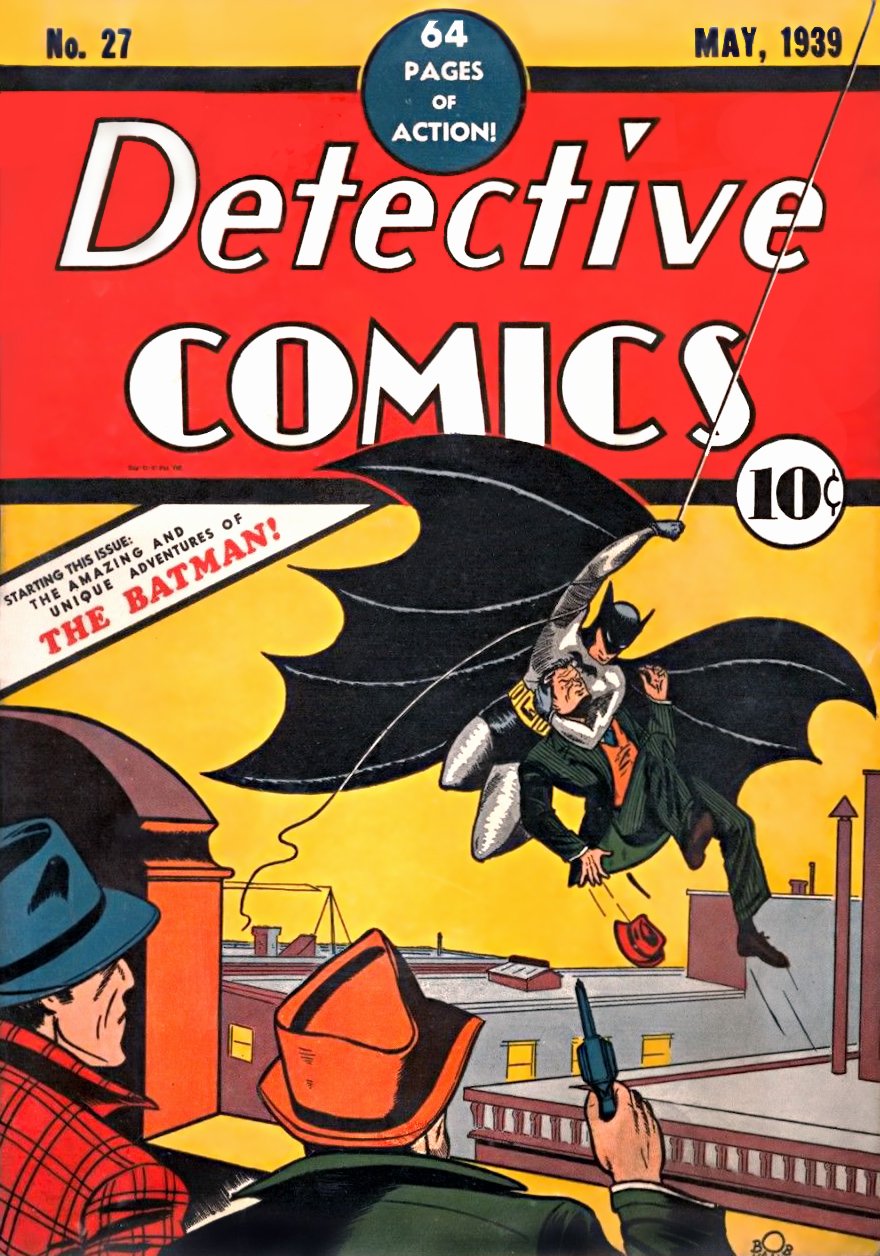
6. NA's third title, Detective Comics, debuted Batman in May 1939. Despite its recent successes, Detective Comics broke away from Nation Allied and became a separate company in 1940.NA's third title, Detective Comics, debuted Batman in issue number 27 in May of 1939. But it was too little too late, and Detective Comics became a separate publishing company in 1939.
7. After several mergers Detective Comics, Action Comics, and All-American Publications are brought under the company name National Comics Publications. The name remained, but as a secondary to their flagship character, Superman.
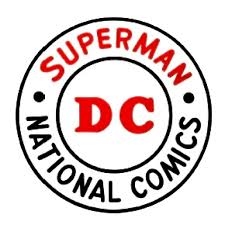
8. After years of branding themselves Superman/DC, the company began to call itself DC Comics in 1977.
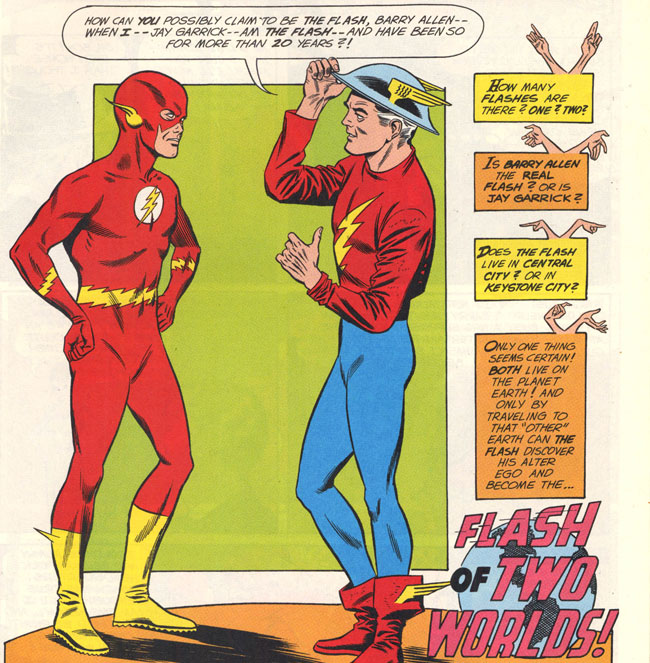
9. In October 1965, a new editor advised a revamping of characters that began with The Flash. This modern updating was just the beginning as Green Lantern, and BatGirl got overhauled for the 60's.
10. In response to the Justice League of America in 1961, Stan Lee, head of rival Marvel comics, creates the Fantastic Four. Firing the first of many shots in the epic war against rival companiesy Marvel and DC.
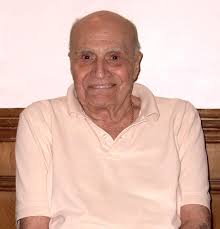
11. Carmine Infantino, comics legend, was DC's editorial director in 1967 and was tasked with taking Marvel Comics head on. Denny O'Neil, Neil Adams, and Spider-Man creator Steve Ditko joined the company under Infantino's reign.
12. Looking to gain a share of the adult age group DC began to write stories geared towards adults and college-age children. Due to a crackdown on 'illicit materials, comics were forced to follow a strict set of rules: no disrespecting authority figures, not lewdly illustrated women, and no usage of the words ‘horror’ or ‘terror’ in a comics title, just to name a few.Looking to gain a share of the adult age group DC began to write stories geared towards adults and college-age children. Here, we cross over into The Silver Age of Comics. An era that was full of censorship and childish tropes due to rampant McCarthy-ism, comics were forced to follow a strict set of rules: no disrespecting authority figures, not lewdly illustrated women, and no usage of the words ‘horror’ or ‘terror’ in a comics title. .
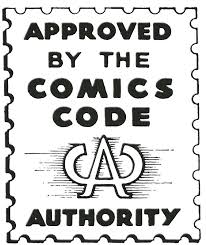
13. Due to the suppressive restrictions, each comics publisher had to pass a round of censorship. When the issue was verified it was given the Comics Code Authority stamp.Due to restrictions in the Comics Code Authority, companies were forced into reimagining or recreating animal superheroes like, Mighty Mouse, were big hits of the time.
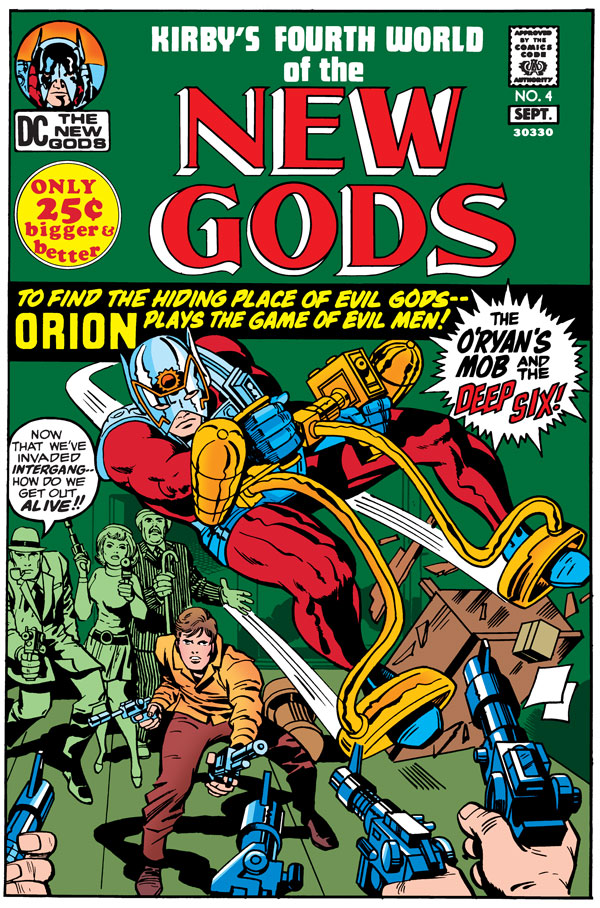
14. In 1970, after a growing dispute with Stan Lee over publishing rightsand his ego, Jack Kirby joined DC and introduced his New Gods storyline.
15. Kirby's time at DC produced some of the most significant characters in the publisher's short history. His creation of Darkseid, Kamandi, and Mister Miracle stand alone as characters that ushered out the Silver Age.
16. To keep pace with the dangers of the time, in 1975 Green Lantern/Green Arrow featured a storyline about heroin use. Speedy, Green Arrow's young sidekick, becomes addicted and must seek help.
17. The DC Explosion was the name given to the increase in cost as well as content for the DC comic line. The books went from .35 to .50 and had more storylines or short feature type tales. It was quickly followed by the DC Implosion, a cancellation of almost all comics in 1978.
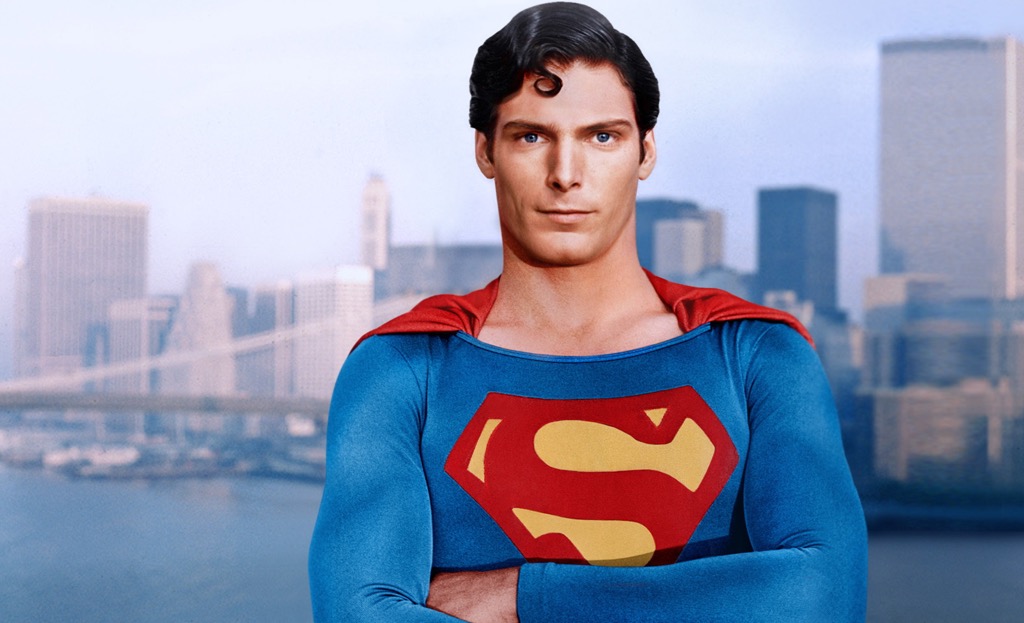
18. In 1980, worried about lagging sales and their ability to keep the best comic creators, DC began to pay their talent royalties based off how well their story sells. This lured in better talent and created a more consistent product for the company who was riding high after the film debut of Superman.
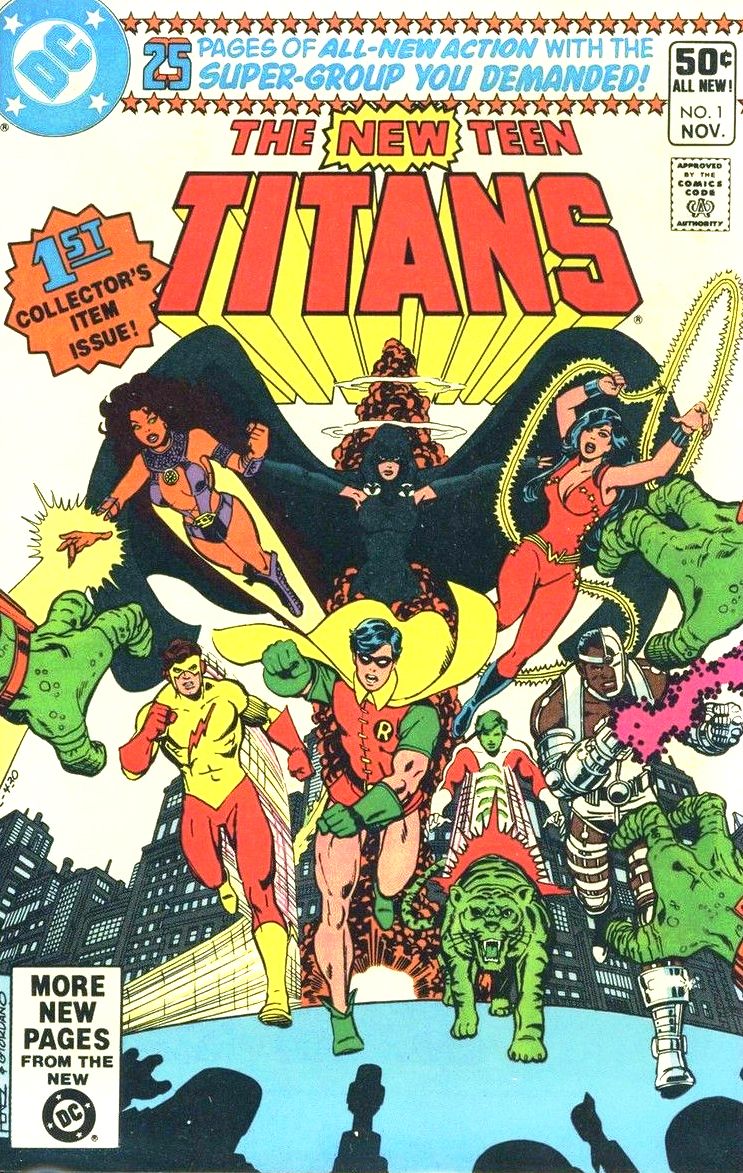
19. What defines an age in comics is revising an older title and making it marketable to a new crowd. To bring in the Bronze Age of comics, Marv Wolfman and George Perez's book New Teen Titans, revamped the campy 60's era team for the rough-edged 80's.
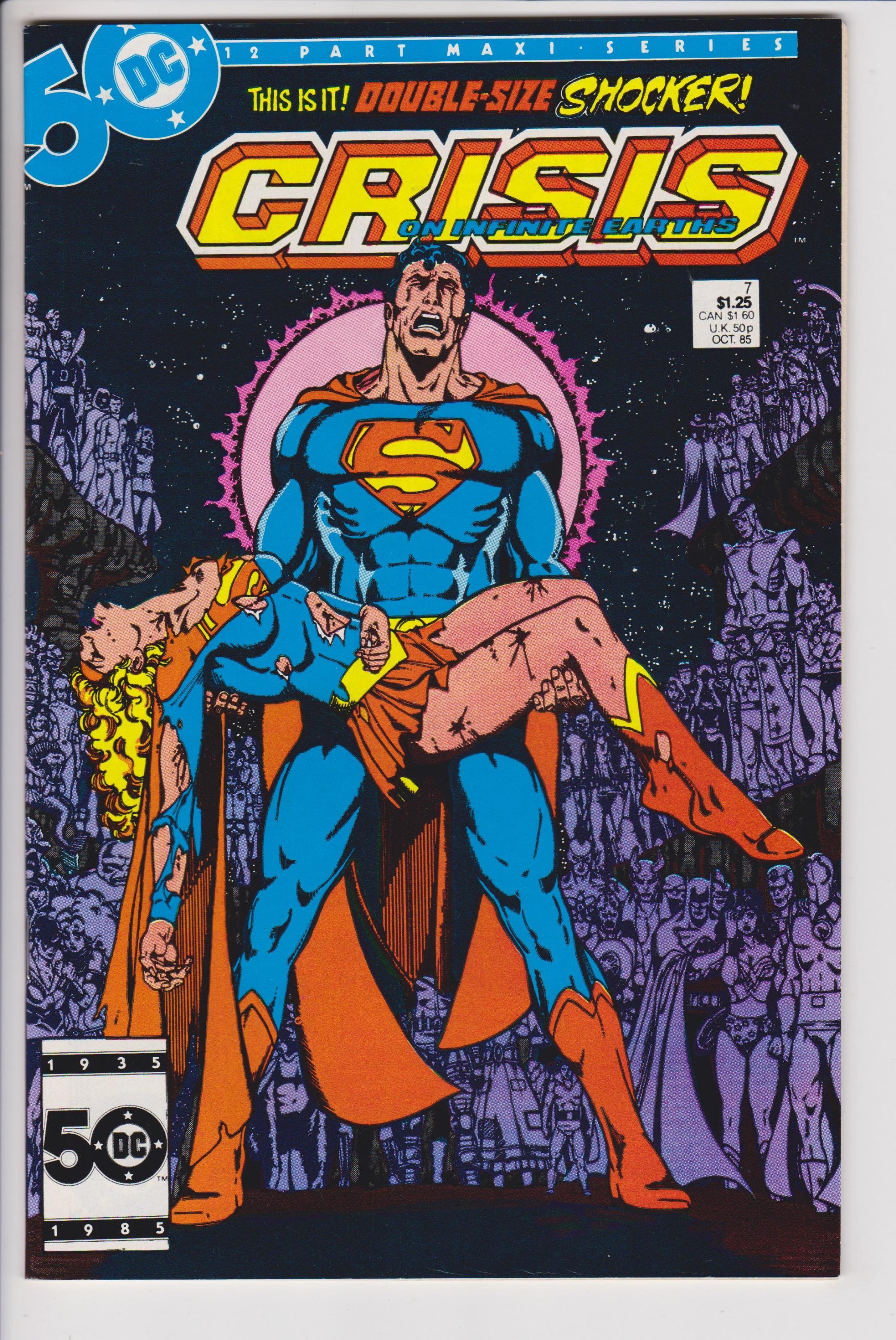
20. Starting in the 1940's DC Comics had the first shared universe. In 1985, with Crisis on Infinite Earths the company had the first crossover series, something that is considered a staple of comics today.
21. After Marvel surpassed DC in sales, the company knew it was time for a shakeup. Crisis on Infinite Earths was a dimension-spanning event that left no hero safe, not even Supergirl.The Crisis on Infinite Earths saga was so profound and had such an impact on the timeline that lifelong readers were forced to abandon what they knew for new characters and stories.
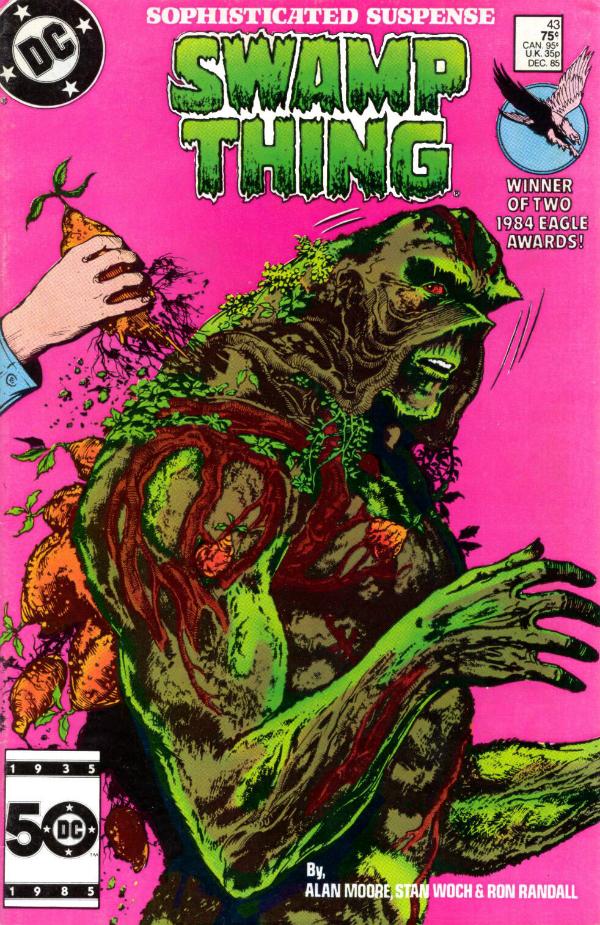
22. Meanwhile, as the influence of British authors began to dominate DC's horror titles, Alan Moore's run on Swamp Thing led to the creation of a separate company, Vertigo Comics.
23. Under the Vertigo Comics title, DC was able to take risks and bring in writers and artists outside of the norm. This leap leads to a revolution in storytelling. Alan Moore's run on Swamp Thing led to the hiring of unknown comic giants like Grant Morrison and Mark Millar.
24. After a decade of success, Tim Burton's Batman was number one at the box office and The Flash was getting top-notch ratings, DC comics gambled and began to print more issues.
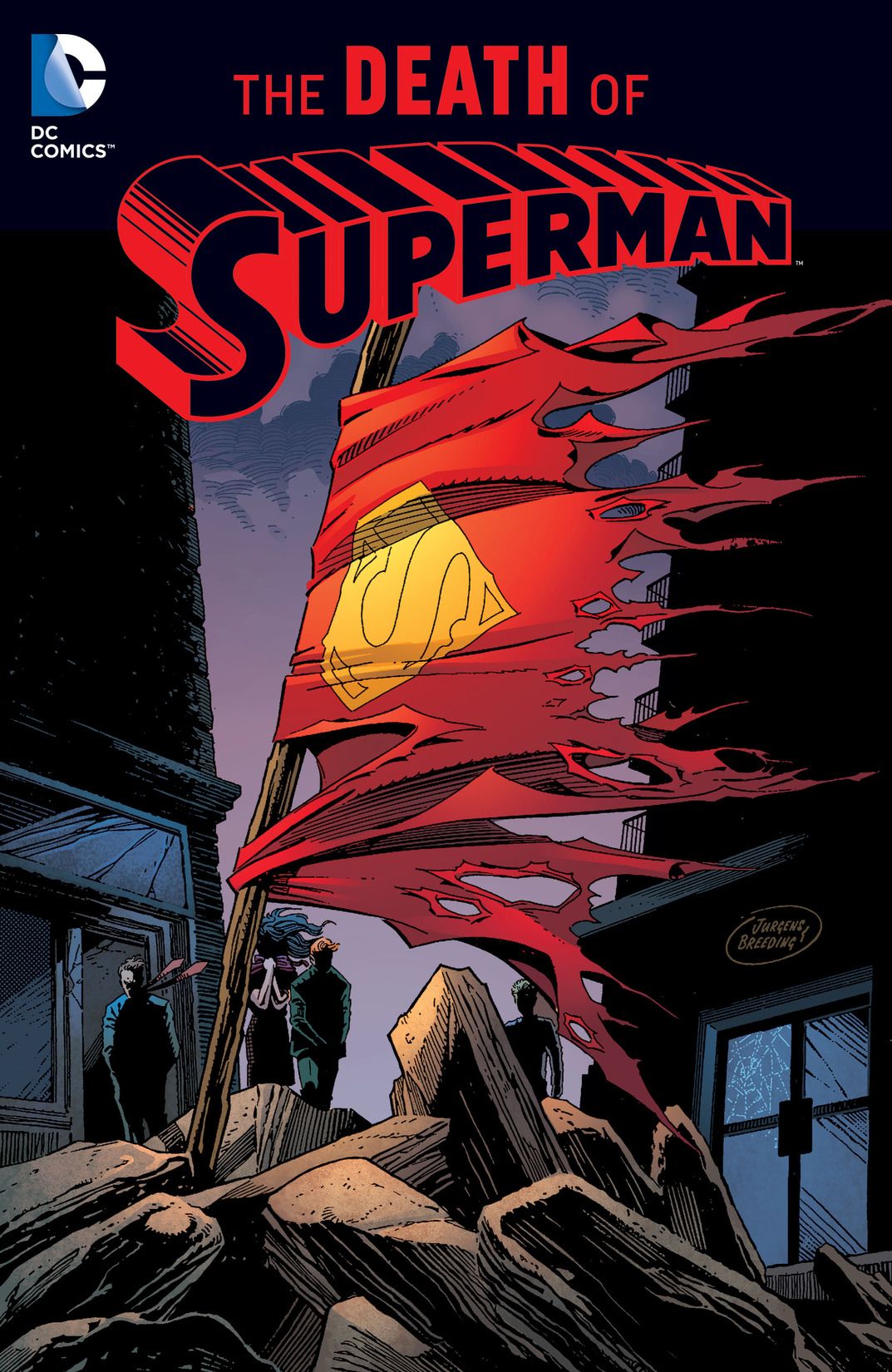
25. When the company merged with Time Warner in 1989, it signaled the beginning of a small but profitable window before the comics crash in the late 90's.
26. During the fall of comics in hopes of boosting sales, Superman was killed, and Batman was crippled by the savage bandit Bane. Showing that creators were open to any and all suggestions to increase sales.
27. During the early 2000's DC earned it's money as a distributor of BritishEnglish comic companies and introduced characters like Judge Dredd and the 2000A.D. brand to the comic masses.
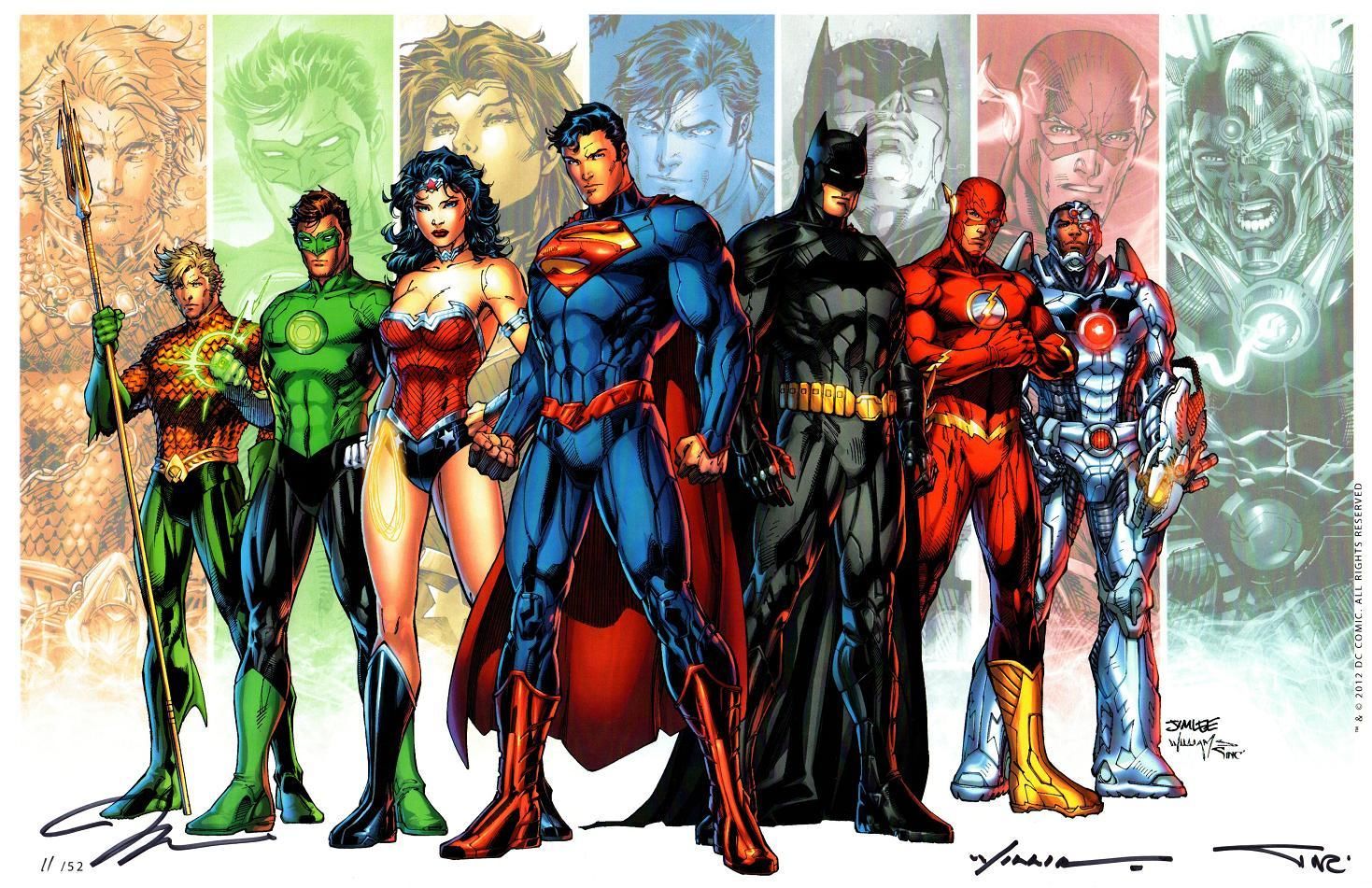
28. During the 2000's DC shifted its focus to the renewed interest in Batman due to the new Christopher Nolan film Batman Begins.
29. Most significant, in 2011 DC rebooted the universe yet again with it's NEW 52 initiative. Using the 2011 publications as the canon for the universe was reviled by fans, who petitioned so hard that the timelines were set straight in 2017.
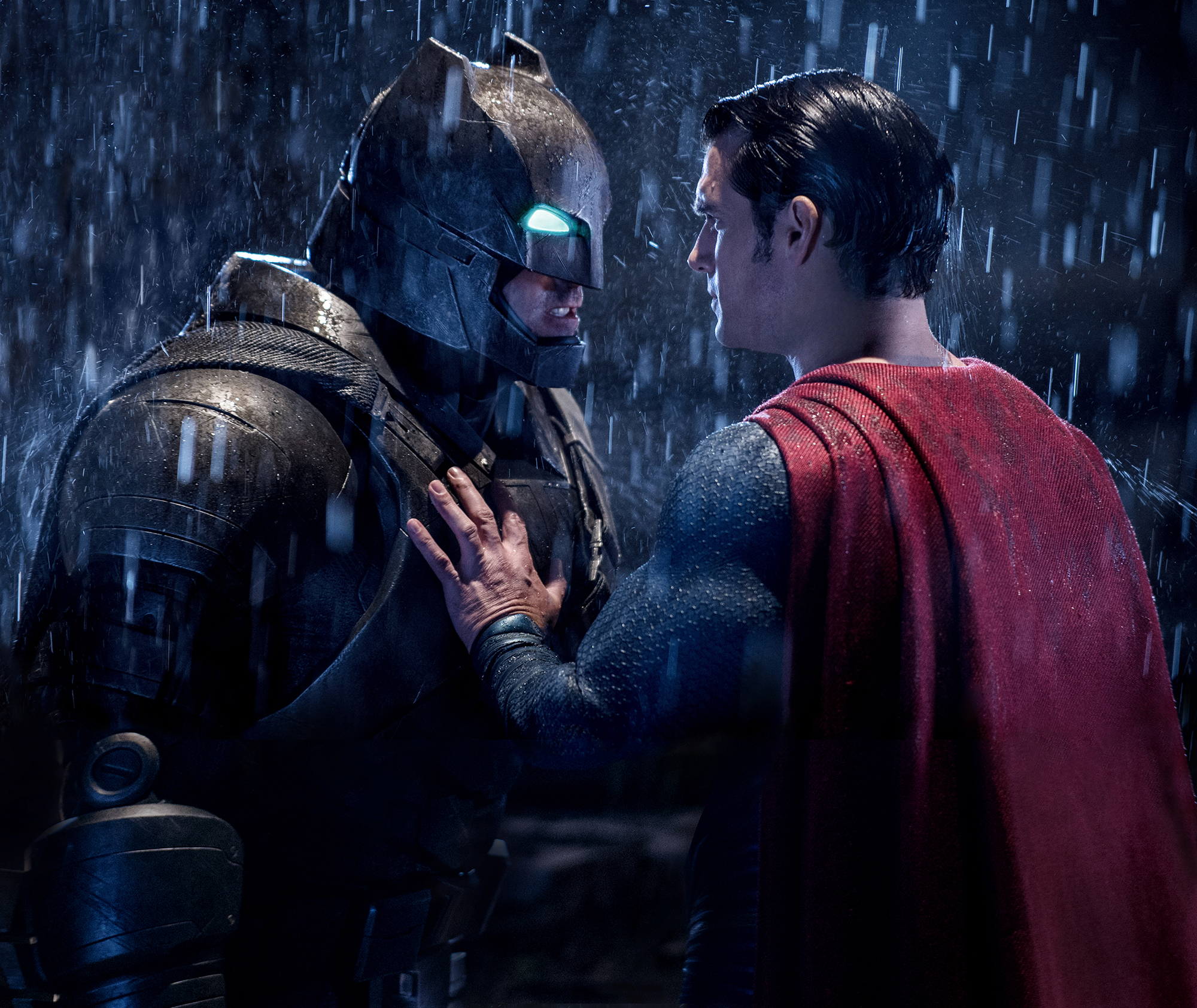
30. Today DC runs close to ten Batman or related series, while Superman continues to draw in fans with iconic storytelling and a return to the basics for Clark Kent.
31. The powerful entity that is the Marvel Cinematic Universe has begun to weaken the DC brand. The company released Man of Steel, Batman v. Superman, and Justice League all to underwhelming press and reviews. As of this writing, the DCU movies have been put on hold, except Wonder Woman 2 and Aquaman, who have a devoted and excited following after Justice League.
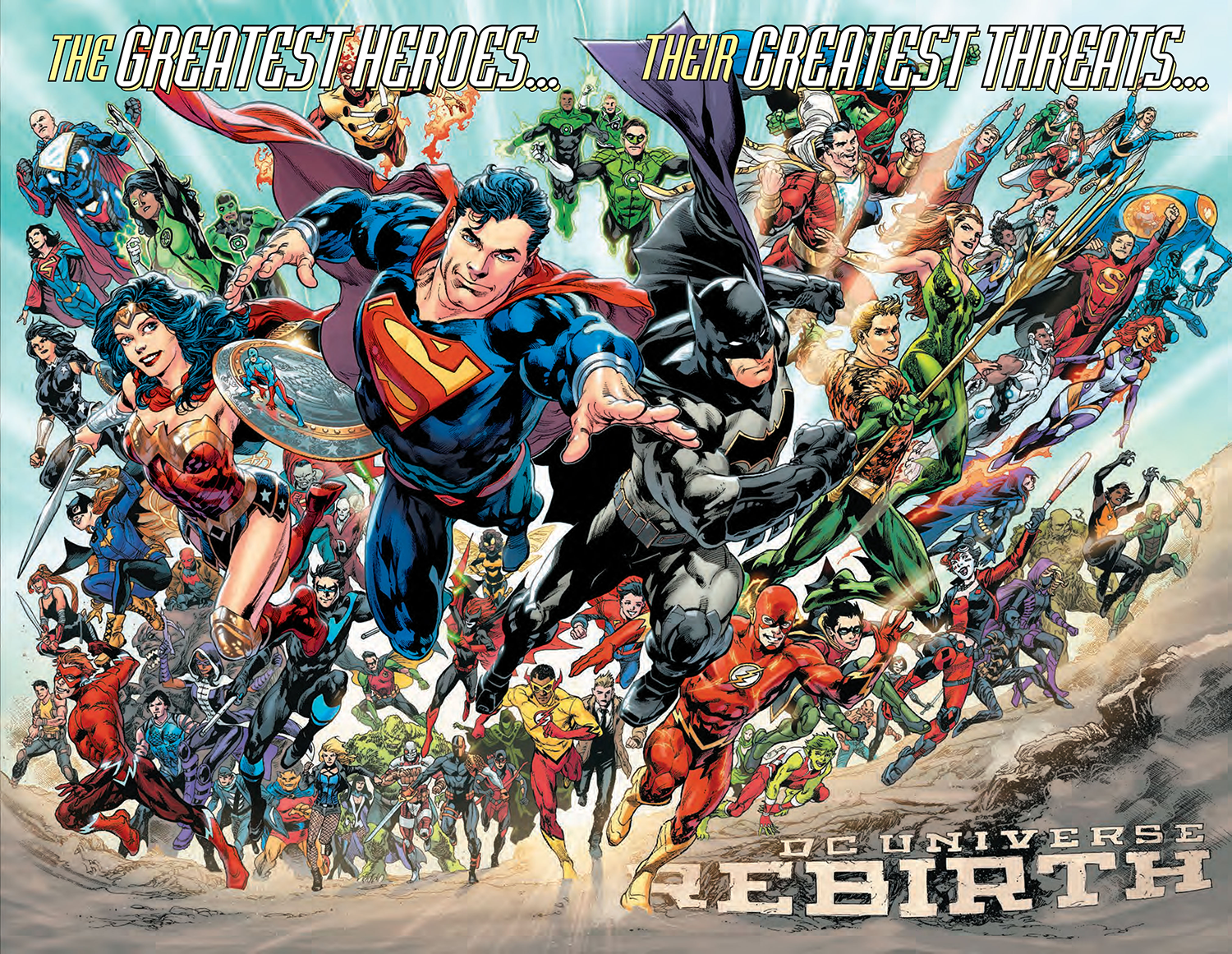
32. 2016 saw the last gasp attempt to restore the iconic storylines featured in Action and Detective Comics with DC Rebirth. The characters, which are used to new gimmicks and suits, saw a return to uniforms, an update to origin stories, and a return to comic greatness.
- Log in or register to post comments
 Home
Home PC Game Trailers
PC Game Trailers News
News Menu
Menu


